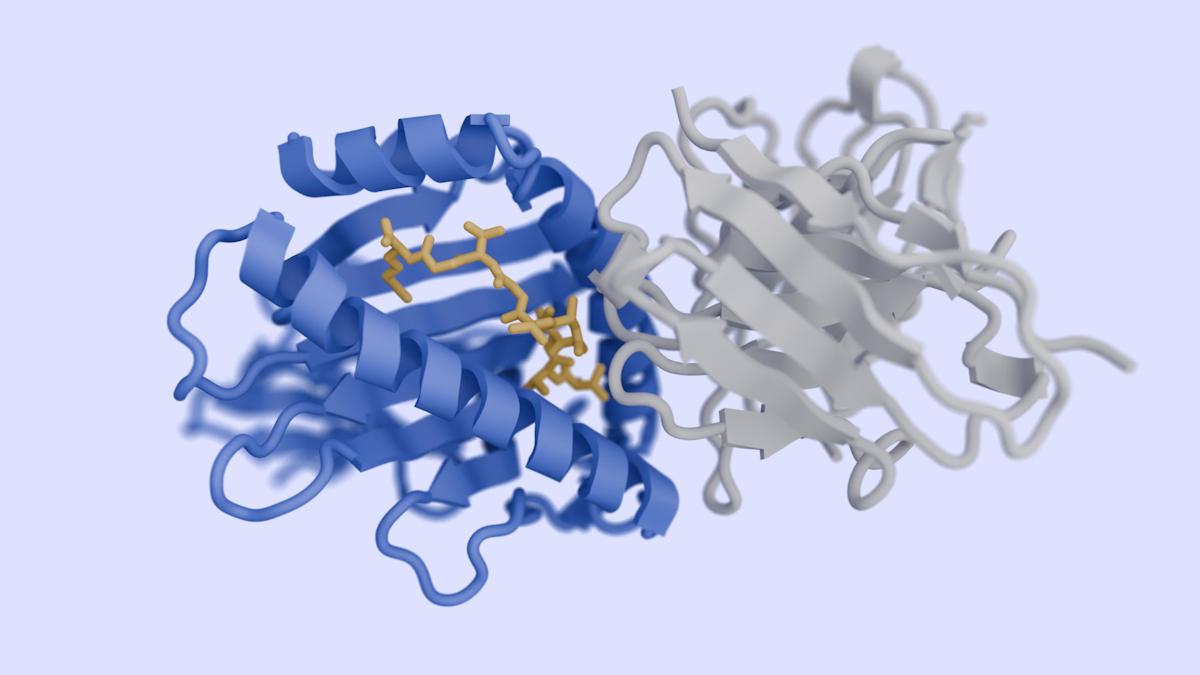NVIDIA and J&J partner on ‘cutting-edge’ AI for surgery

An alliance between Johnson & Johnson and tech giant NVIDIA aims to bring artificial intelligence into operating rooms, assisting surgeons even as they wield their scalpels.
News of the partnership emerged during NVIDIA’s annual developer conference, where it unveiled a new generation of its AI chip – around 30 times faster than its predecessor – which has been generating headlines around the world.
According to a memorandum of understanding between the two companies, J&J MedTech will work with NVIDIA on AIs that can be used to analyse data as it is generated in the OR, helping to inform decision-making in real-time and making collaboration by surgical teams easier. They also want to collaborate on digital ways of delivering surgical training and education.
The head of J&J MedTech, Tim Schmid, said the objective is to advance healthcare “toward a future that’s more connected and personalised,” adding: “Our deep heritage in healthcare, digital ecosystem in surgery, and NVIDIA’s AI platforms hold enormous potential to create a more connected surgical experience.”
The partnership is further evidence of the increasing importance of AI in healthcare, where algorithms are already being developed to schedule procedures and increase the efficiency of staffing and resource deployment, help to diagnose patients using medical images and prioritise them for treatment, and respond to patients’ questions about procedures.
In surgery, the signs are that AI will increasingly be used to support decision-making before, after, and even during a procedure. For example, intraoperative assistance using AI is already being investigated for applications in keyhole and robotic surgeries, where AI can be overlaid on a video screen to display information and even offer predictions on outcomes.
J&J MedTech and NVIDIA want to assist in accelerating that process by building an infrastructure needed to deploy AI-powered software applications for surgery, including models and applications developed by third parties.
“AI models are currently being created by experts in surgery in various parts of the world,” according to Shan Jegatheeswaran, global head of digital at J&J MedTech, who believes that these efforts are, however, being hampered by the closed design of most surgical technologies.
“If we can create a trusted, open ecosystem that enables and accelerates coordination, it would create a flywheel of innovation where different groups can collaborate and connect at scale, improving access to advanced analytics across the surgical experience,” he added.
“A collection of AI models could act like driver-assistance technology for surgeons, amplifying their ability to deliver care while reducing cognitive load.”
New drug discovery tools
NVIDIA also unveiled a series of new ‘microservice’ tools for its AI-powered drug discovery platform BioNeMo during the business update, including new foundation models that can be used to analyse DNA sequences, predict how proteins will change shape in response to a drug molecule, and determine a cell’s function based on its RNA.
Among the new foundation models is the first used in genomics studies. Called DNABERT, it has been trained on DNA sequences and can be used to predict the function of specific regions of the genome and analyse the effects of gene mutations and variants. A new model for predicting how proteins interact – EquiDock – has also been added to BioNeMo, and coming soon is scBERT, trained on data from single-cell RNA sequencing and intended for use in applications like predicting the effects of gene knockouts and identifying cell types.
NVIDIA also revealed a partnership with IT services and consultancy Cognizant that will see the latter offer BioNeMo and its generative AI tools to its life sciences clients.












